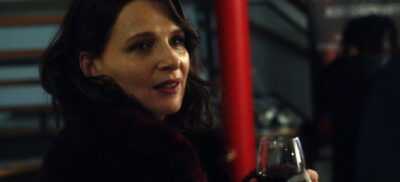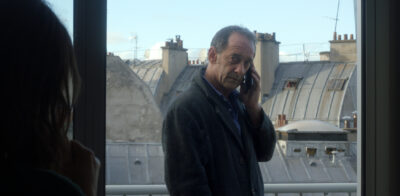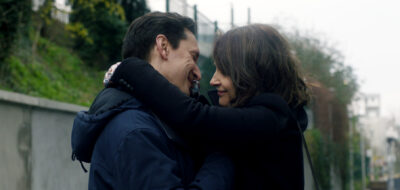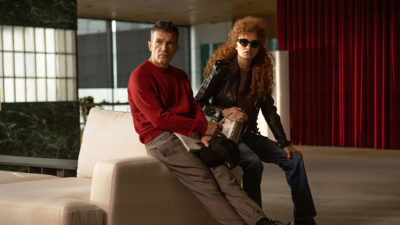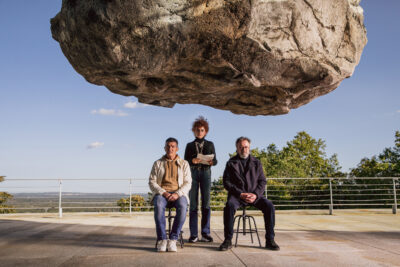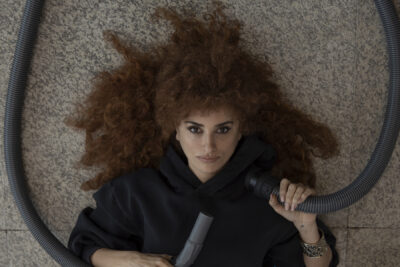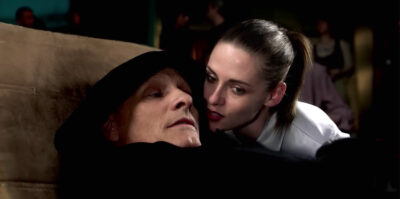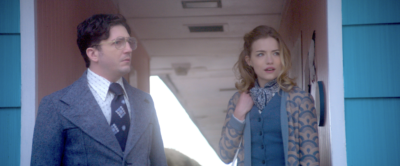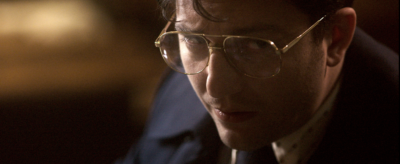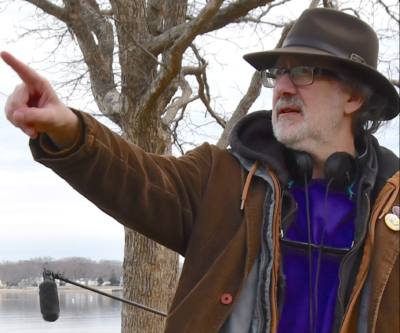The journalists at the American Public Media business and economic news radio program Marketplace do in-depth reporting by repeatedly profiling and interviewing people, establishing long-term relationships they return their listeners to. One such person is Stephanie Silverman, executive director of the Belcourt Theatre, a non-profit movie theater in Nashville. Kai Ryssdal, the host and senior editor of Marketplace, recently spoke with Silverman again about adjusting to the pandemic and streaming. She is an extremely articulate advocate for the theatrical experience and what she said in the interview — “studios are understanding that the long tail for their movie happens when it starts in exhibition…it needs the word-of-mouth energy that only exhibition spaces can give it” — relates directly to what we’ve been advocating for recently in regards to the L.A. Times film section. Traditionally, talented, knowledgeable film critics guide moviegoers to culturally and artistically important films they might have otherwise missed. Filmmakers and film lovers alike rely on the critics for this and the film critics rely on big platforms like the Times. It is a crucial step in the process that makes unique, fine films and their L.A. theatrical exhibition possible. If the paper of record in the movie capital of the world abdicates its role, film culture suffers. We run the risk of a monoculture consisting of superheroes and sequels. #BringBackMovieReviews

